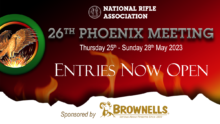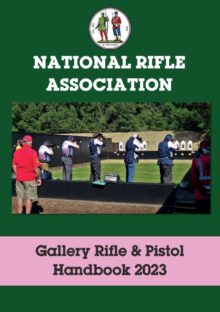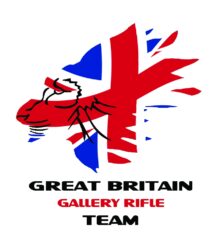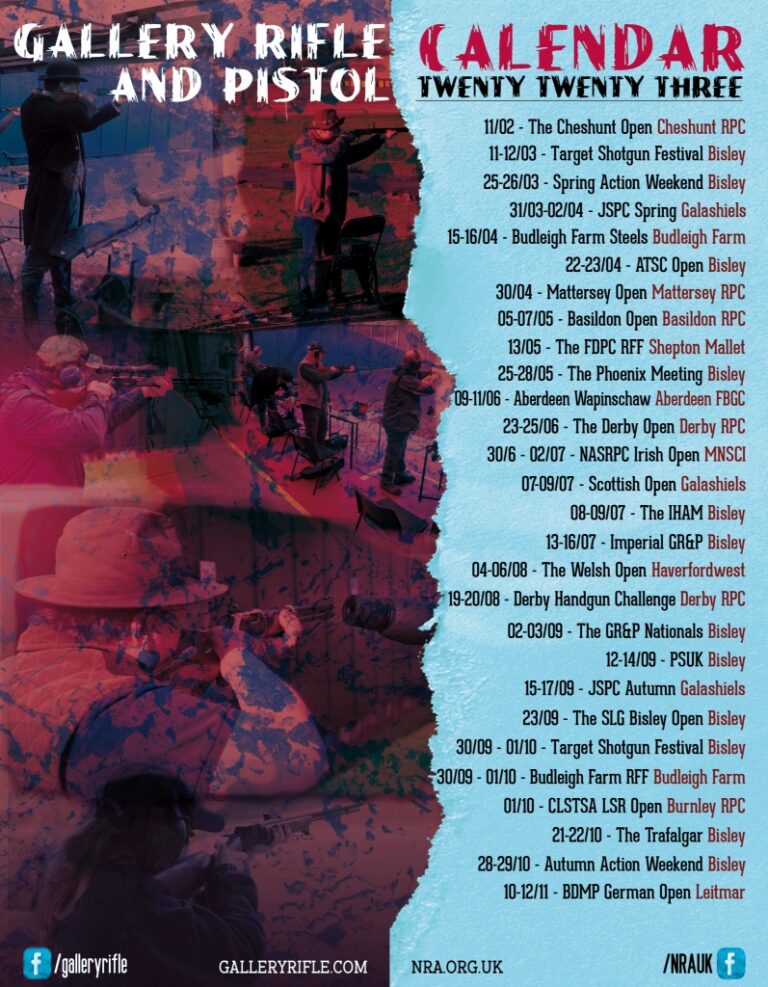The Budleigh Farm Steel Shoots
I’ve often wondered if more people knew how pleasant and relaxed a day’s shooting was to be had at the steel challenge shoots in Devon many more people would attend. Held within the boundaries of the Dartmoor National park, famous for its wide open spaces, rugged tors, Dartmoor Prison, bronze age archaeology, ponies, Sherlock Holmes, myths and legends, and 20th century castles add to the list the Budleigh Farm Steel Shoots.
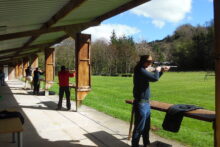
The venue is situated in the Wray valley on the edge of Dartmoor near Moretonhampstead. This long established facility has a high reputation for smallbore target rifle shooting and has two small indoor ranges as well as two large outdoor ranges. Twice a year one of the ranges is booked for two days to host the aforementioned steel shooting competitions.
These shoots are unlike the Speed Steel shooting that some of you may know from attending any of the Gallery Rifle Action Weekends (GRAWs), including the Phoenix. Even if you haven’t shot or seen these shoots you will have heard the constant background ringing of the steels playing throughout the day at the Bisley GRAW events. The emphasis for these traditional steel plate competitions is on speed – hitting large static targets as quickly as possible. The Budleigh Farm matches are of a completely different style. For rimfire rifles only, the targets are much smaller, at different ranges and reactive – namely they fall down when hit. This makes it both entertaining to watch and addictively satisfying to shoot.
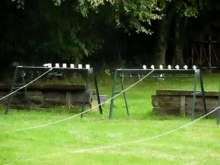 The Competition comprises three sections, each with four banks of ten unique targets designed to test both speed and precision. Each bank of targets is engaged in rotation before moving on to the next section and the 280+ round match can be completed in about three hours so there are morning or afternoon sessions available leaving you time to take in some of the glorious scenery of Dartmoor, eat a cream tea or just arrange your travel time for a more leisurely day.
The Competition comprises three sections, each with four banks of ten unique targets designed to test both speed and precision. Each bank of targets is engaged in rotation before moving on to the next section and the 280+ round match can be completed in about three hours so there are morning or afternoon sessions available leaving you time to take in some of the glorious scenery of Dartmoor, eat a cream tea or just arrange your travel time for a more leisurely day.
The shoot has been in the ‘calendar’ for many years and is accessible and enjoyed by shooters of all ages, disciplines and abilities. Because it is unlike the usual shooting disciplines, every new shooter is entered into a Freshman class for their initial competition, regardless of skill level, and their first score will dictate which Class (X, A, B or C) they will be entered into on their subsequent shoots. Competitors will climb up the classes as their scores improve – and believe me, once you have done it you will want to do it again.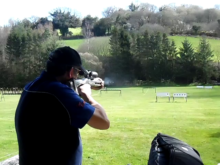
The Competition is run twice a year. The first is usually early April, known as the Steel Challenge, and the second around October time is called the Rimfire Festival (not to be confused with the Frome and District Pistol Club’s shoot of the same name). As an added bonus a side competition called the Pistol Challenge is also arranged for those who want to shoot LBPs. This short rapid fire shoot mimics a stage of the main competitions where the shooter engages a bank of ten targets with a maximum of twenty rounds (two mags of ten) as fast as possible. A shot timer records the time taken to drop the last target or fire the last round, a time penalty being added for each target still standing. Each shooter gets two attempts on each of the two banks of targets and the highest score from each goes forward towards their final score. Shot during the lunch break between sessions so shooters can do it before or after the main competition.
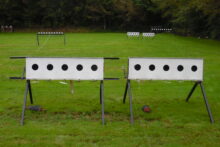 Competition dates for 2023 are now fixed and entry forms can be found on-line at the usual places. Dates for the Steel Challenge were the 15th to 16th April and the results are posted here. Dates for the Rimfire Festival are the 30th September to the 1st October.
Competition dates for 2023 are now fixed and entry forms can be found on-line at the usual places. Dates for the Steel Challenge were the 15th to 16th April and the results are posted here. Dates for the Rimfire Festival are the 30th September to the 1st October.
The weekends are currently organised by David Guest and hosted by Budleigh Farm Target Shooting Club at Moretonhampstead in Devon. For further information please contact David at btscsteels@gmail.com
[Originally published in the Spring 2023 NRA Journal]
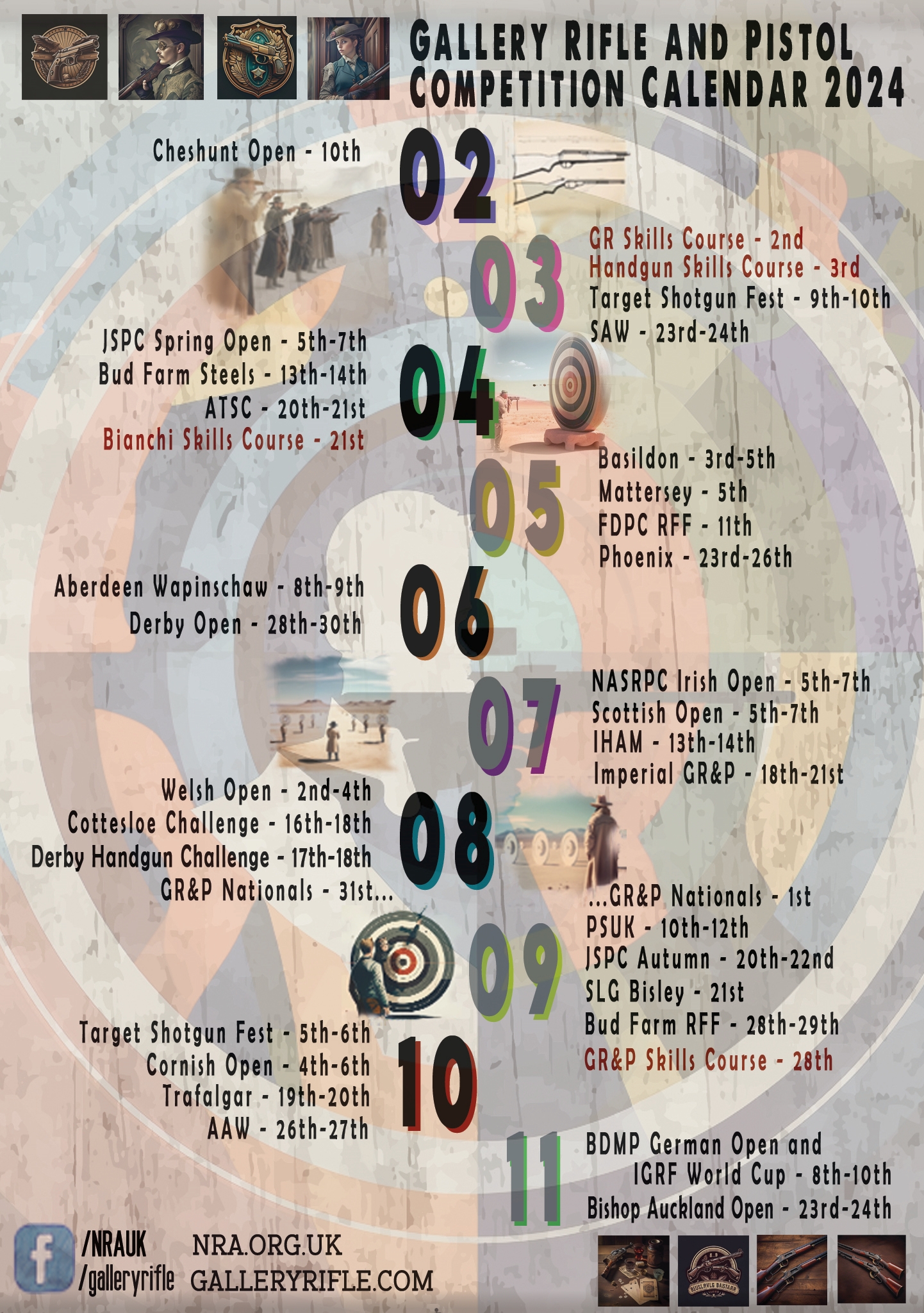
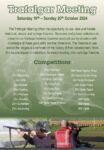
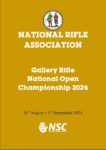
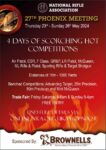
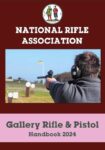
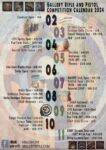
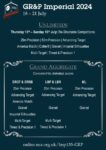

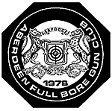
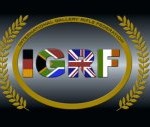
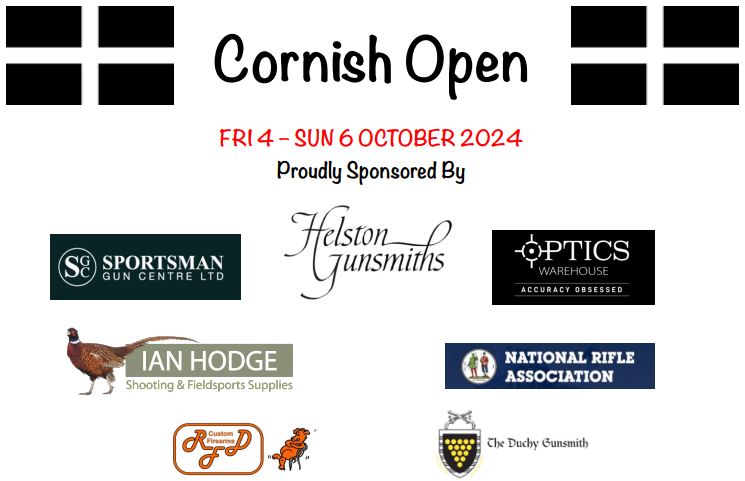
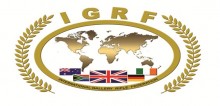
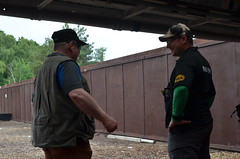


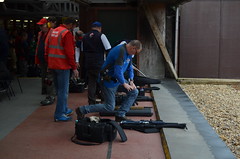


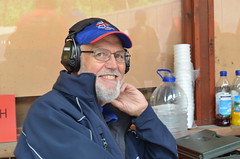


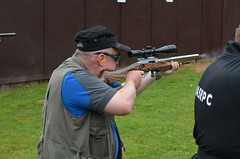
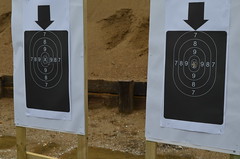
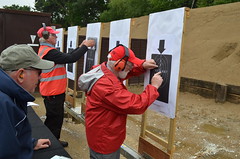

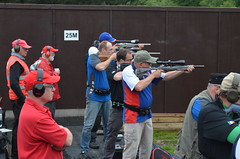
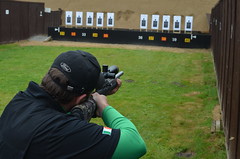
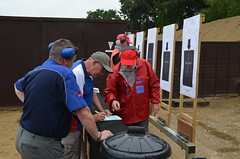
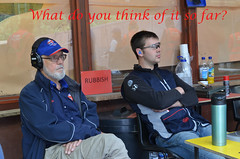
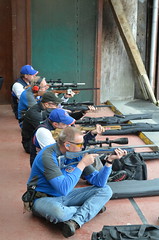
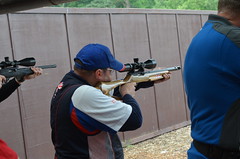
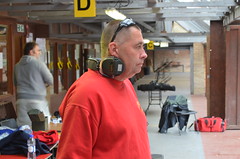
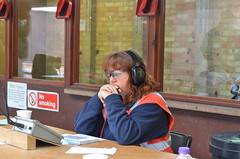
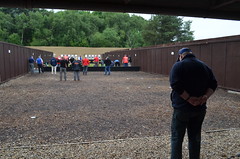
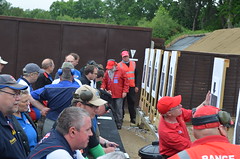
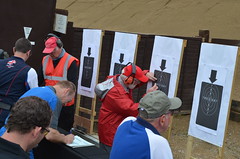
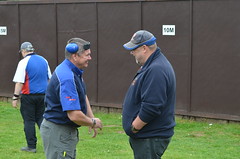
 The Derby Handgun Challenge for 2023 will take place over the weekend of the 19-20 August. It will be a classified meeting so scores will count towards rankings etc.
The Derby Handgun Challenge for 2023 will take place over the weekend of the 19-20 August. It will be a classified meeting so scores will count towards rankings etc.

 The Competition comprises three sections, each with four banks of ten unique targets designed to test both speed and precision. Each bank of targets is engaged in rotation before moving on to the next section and the 280+ round match can be completed in about three hours so there are morning or afternoon sessions available leaving you time to take in some of the glorious scenery of Dartmoor, eat a cream tea or just arrange your travel time for a more leisurely day.
The Competition comprises three sections, each with four banks of ten unique targets designed to test both speed and precision. Each bank of targets is engaged in rotation before moving on to the next section and the 280+ round match can be completed in about three hours so there are morning or afternoon sessions available leaving you time to take in some of the glorious scenery of Dartmoor, eat a cream tea or just arrange your travel time for a more leisurely day.
 Competition dates for 2023 are now fixed and entry forms can be found on-line at the
Competition dates for 2023 are now fixed and entry forms can be found on-line at the 